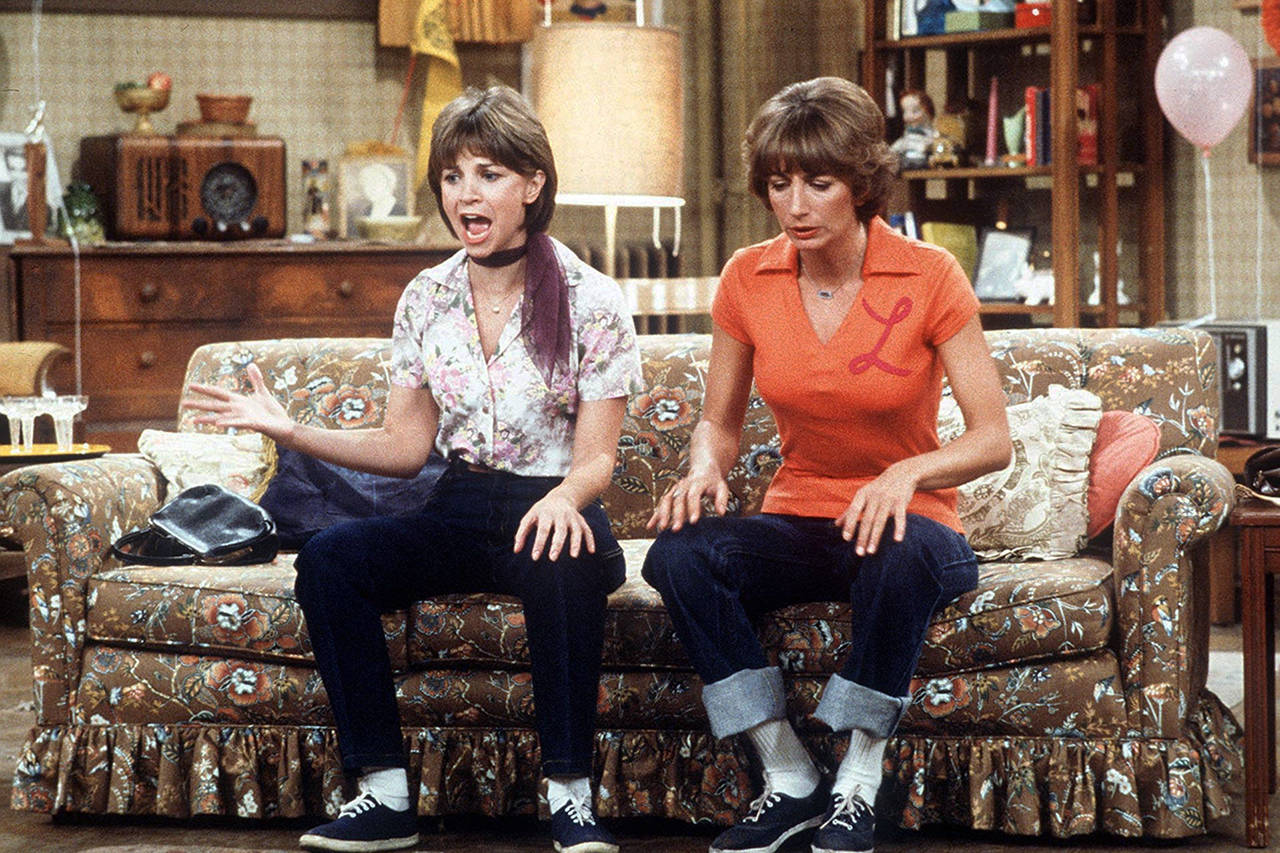Pulp Fiction

Cinema irrupts into the TV space
Once hit man Vincent (John Travolta) carries comatose gangster moll Mia (Uma Thurman) into drug dealer Lance’s (Eric Stoltz) living room, Pulp Fiction begins to pay homage not to other movies, but to TV.
Even without the vintage boardgames and retro furnishings, we’d recognize this scenario — the beat-up couch facing the television; the bickering family members, roommates, and neighbors who seem to spend every moment therein — as the locus of a 1970s sitcom: Laverne & Shirley, perhaps, or Good Times.

Tarantino’s all-encompassing use of cinematic homage and pastiche has led critics to name this the first wholly postmodern movie and “the final triumph of postmodernism”: a play of surfaces with no depth, i.e., no meaning. The blocking in this scene, however, does convey a message: the moviegoer’s escapism trumps the couch potato’s! Watching TV turns you into a neurasthenic, agoraphobic, brainless drone: Tarantino is critical of Lance and Jody’s (Rosanna Arquette) state of undress, not to mention Trudi’s (Bronagh Gallagher) death-grip on the bong.
The TV-damaged slackers gather around the cinematic Vincent and Mia, not horrified but fascinated; movie escapism, by contrast to their own TV escapism, is (in Lance’s words) “intense.”

